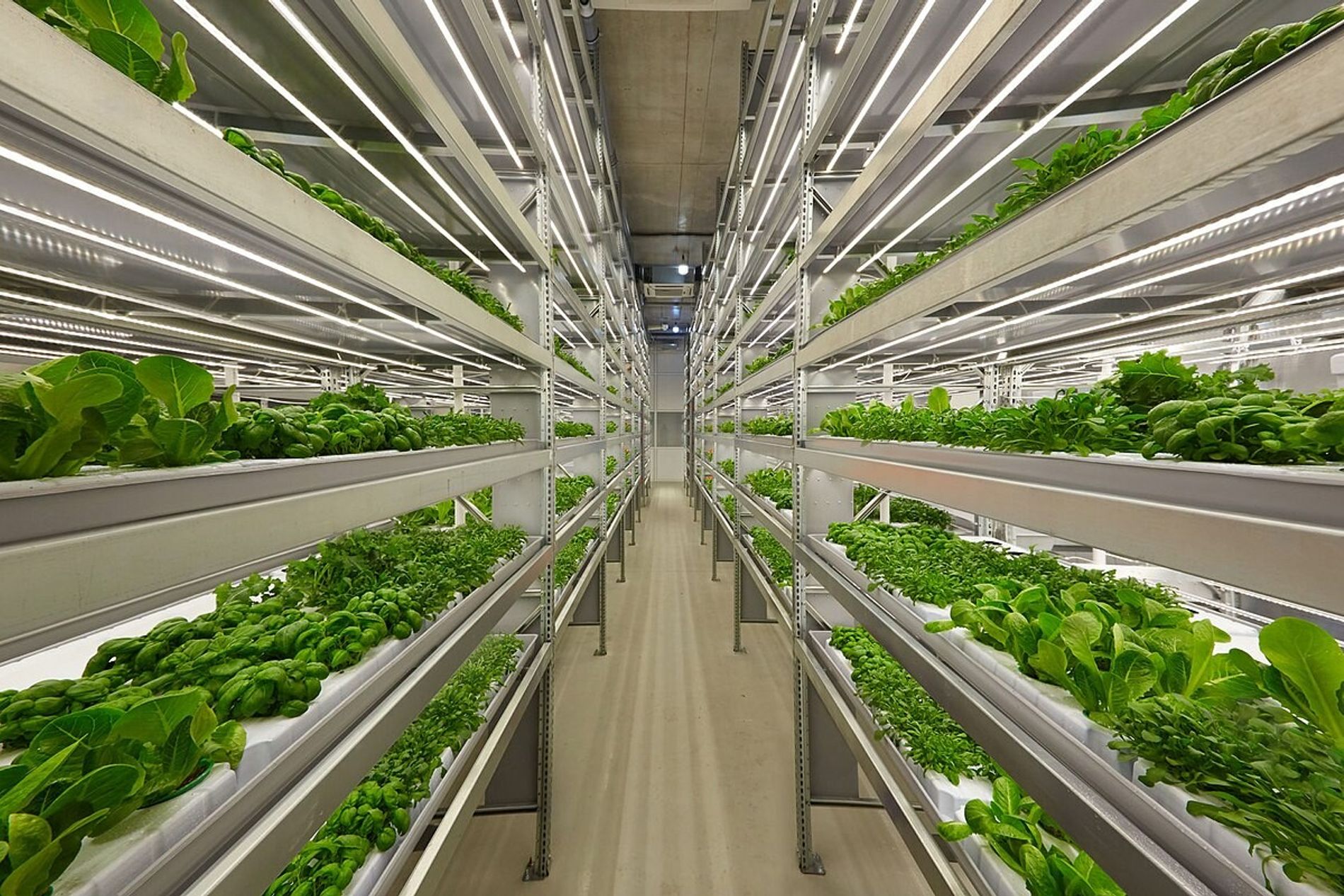Vertical gardens offer a space-saving and aesthetically pleasing way to grow plants, but they present unique challenges, particularly when it comes to fertilization. Because vertical gardens have limited soil volume, nutrients can deplete quickly, requiring a strategic approach to feeding plants. By understanding the right types of fertilizers and application methods, you can ensure that your vertical garden remains healthy and productive.
1. Understanding Nutrient Needs in Vertical Gardens
Plants in vertical gardens require essential nutrients to thrive, just like those in traditional gardens. The three primary macronutrients are:
-
Nitrogen (N): Promotes leafy growth and vibrant green foliage.
-
Phosphorus (P): Supports root development and flowering.
-
Potassium (K): Enhances disease resistance and overall plant health.
Additionally, micronutrients like calcium, magnesium, and iron play important roles in plant development. Because vertical gardens contain limited soil, these nutrients can become depleted faster than in traditional gardens.
2. Choosing the Right Fertilizer for Vertical Gardens
There are various types of fertilizers suitable for vertical gardens, depending on plant needs and growing conditions.
Organic Fertilizers
-
Compost Tea: A liquid made from steeping compost in water, providing a gentle and natural nutrient boost.
-
Worm Castings: Rich in nutrients and beneficial microbes, helping improve soil health.
-
Fish Emulsion: A fast-acting liquid fertilizer high in nitrogen, ideal for leafy greens.
Slow-Release Granular Fertilizers
-
Works well in pocket planters and stacked containers.
-
Provides a steady supply of nutrients over time.
-
Look for balanced formulations such as 10-10-10 or 5-10-10, depending on plant needs.
Liquid Fertilizers
-
Easily absorbed by plants, making them ideal for vertical gardens with limited soil.
-
Can be applied through foliar feeding (sprayed onto leaves) or root application.
-
Options include seaweed extract, hydrolyzed fish fertilizer, and synthetic liquid fertilizers.
3. Fertilization Techniques for Vertical Gardens
Drip Fertigation
-
Combines drip irrigation with liquid fertilizers.
-
Ensures nutrients reach plant roots evenly without excessive runoff.
-
Ideal for large vertical garden installations.
Foliar Feeding
-
Spraying diluted liquid fertilizer directly on leaves.
-
Helps plants absorb nutrients quickly, especially during periods of stress.
-
Best done in the early morning or late afternoon to prevent leaf burn.
Top Dressing and Side Dressing
-
Applying compost, worm castings, or granular fertilizer on top of the soil.
-
Enhances nutrient availability as the materials break down over time.
Hydroponic and Soilless Systems
-
If growing in a soilless medium, use a balanced liquid nutrient solution.
-
Monitor pH levels regularly to ensure proper nutrient absorption.
4. Frequency of Fertilization
The frequency of fertilization depends on the type of plants, soil volume, and fertilizer used:
-
Fast-growing vegetables (lettuce, herbs, spinach): Apply liquid fertilizer weekly.
-
Fruiting plants (tomatoes, peppers, strawberries): Feed every 10–14 days with a balanced or phosphorus-rich fertilizer.
-
Ornamental plants and flowers: Apply slow-release fertilizer every 4–6 weeks or liquid fertilizer every 2–3 weeks.
5. Avoiding Over-Fertilization
Too much fertilizer can harm plants, leading to nutrient imbalances, root damage, or excessive foliage at the expense of fruit or flowers. To prevent over-fertilization:
-
Follow recommended dosage instructions on fertilizer packaging.
-
Observe plant health for signs of nutrient excess (e.g., yellowing leaves, salt buildup on soil).
-
Flush the soil occasionally with plain water to prevent salt accumulation.
Final Thoughts
Fertilizing a vertical garden requires a mindful approach to provide essential nutrients without overwhelming the limited soil volume. By selecting the right type of fertilizer and using efficient application techniques, you can ensure healthy plant growth and maximize your vertical garden’s productivity. Whether using organic compost tea, slow-release granules, or liquid nutrients, maintaining a balanced feeding schedule will keep your plants thriving in their space-saving environment.

Comments
No comments yet. Be the first to comment!
You must be logged in to comment. Login